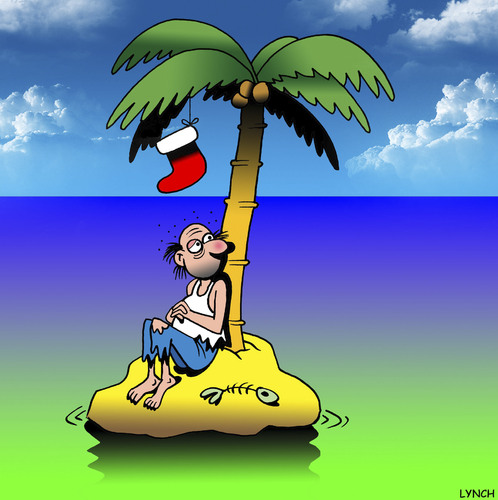
I recently led a leadership training session for 35 people who work together in a large organization. The topic: crafting vision.
I divided the group into teams of five and gave them this assignment:
- Take five minutes to create a prediction about the future that is both bold (a daring and audacious statement) and credible (the likelihood of the statement happening).
- Your prediction will be rated on a scale from 1-10 on boldness (1 means “not bold”, 10 means “very bold”) and 1-10 on credibility (1 means “not credible”, 10 means “very credible”).
- An unbiased judge (someone I brought in with me to serve this role) will evaluate each prediction based on the two criteria (boldness and credibility), and the two numbers will be combined for a total score. The highest possible score is 20, the lowest is 2.
Here are two examples that demonstrate the extremes.
- The prediction “The sun will rise tomorrow” would be scored 11 because it’s not very bold (1) but it is very credible (10).
- The prediction “Ten years from now there will be no cars, just private planes” would also be scored 11 because while it is bold (10) it’s not credible (1).
We had fun discussing each prediction. Then I switched applications and made the exercise relevant to their workplace. I instructed them, “Using the same parameters (boldness and credibility), create a prediction about the future of your organization.”
This simple exercise led to a very profitable discussion and vision-crafting session.
What is vision?
Vision is a picture of the future that is better than the present, and it produces passion in those who receive it. Stephen Covey says, “All things are created twice: first in someone’s mind and then in the physical world.” The first creation he refers to is vision—seeing something in your mind that currently does not exist.
Craft vision that is both challenging and realistic.
When crafting vision, avoid two extremes: being too safe and being unrealistic. You may visualize something that is too safe and meager, perhaps just a small extension of the present (“We’re going to increase sales 2% next year.”), or your thinking may lapse into wishful thinking (“We’re going to produce three major projects next year that will triple our sales.”)
An emphasis on developing vision that is both bold and credible will help avoid out-of-balance aspirations. Imagine the power of a vision statement that scores an 8 on each variable for a total score of 16.
Leaders, use this exercise with your team to explore future opportunities for your organization. Also use this exercise to craft vision for your personal life.
Visualizing a better tomorrow is the first step toward accomplishing it.
[reminder]What are your thoughts about this essay?[/reminder]
[callout]12 best books I read last year – book 2 of 12
Becoming a Leader – Warren Bennis
When I am asked to recommend just one book on leadership, this is it. Bennis’ thoughts will be as relevant 100 years from now as they were when first written. Click here for more information from Amazon. [/callout]

Don,
I’m reminded of one of my favorite sayings: “Poor eyesight limits how far you can see; poor vision limits how far you can go.” Vision is a prerequisite for effective leadership. It distinguishes leaders from managers.
Bill, thanks for sharing your thoughts. You’re right – there is a difference between a leader and a manager and the primary factor is: vision. It is the sine qua non of leadership.